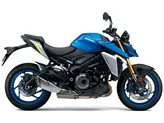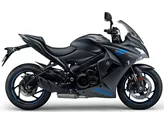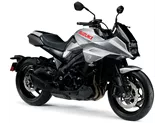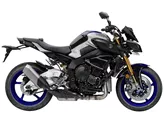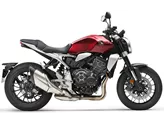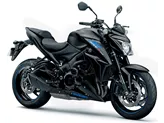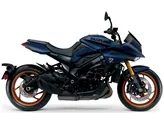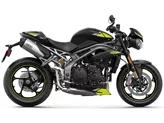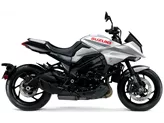Suzuki GSX-S1000 2016 vs. Yamaha MT-10 SP 2017

Suzuki GSX-S1000 2016

Yamaha MT-10 SP 2017
Pregled - Suzuki GSX-S1000 2016 vs Yamaha MT-10 SP 2017
The Suzuki GSX-S1000 2016 and the Yamaha MT-10 SP 2017 are both naked bikes with similar technical specifications. However, there are some notable differences between the two models.
In terms of engine power, the Yamaha MT-10 SP 2017 has a slight advantage with 160 HP compared to the Suzuki GSX-S1000 2016's 149 HP. The Yamaha also has a higher torque of 111 Nm compared to the Suzuki's 106 Nm. Both bikes have a 4-cylinder, liquid-cooled engine with fuel injection systems.
In terms of suspension, both bikes feature upside-down telescopic forks at the front and swing arm suspension at the rear. The Yamaha MT-10 SP 2017 offers additional adjustments for compression, preload, and rebound on both the front and rear suspension, providing more customization options for the rider. The Suzuki GSX-S1000 2016 only offers adjustments for compression, preload, and rebound on the front suspension.

Suzuki GSX-S1000 2016
Both bikes have aluminum frames, but the Yamaha MT-10 SP 2017 features a Deltabox frame, which is known for its rigidity and stability. The Suzuki GSX-S1000 2016 has a twin tube frame.
In terms of braking, both bikes have double disk brakes at the front with similar diameters. The Yamaha MT-10 SP 2017 has slightly larger front disks with a diameter of 320 mm compared to the Suzuki GSX-S1000 2016's 310 mm front disks.
In terms of advanced rider assistance systems, both bikes have ABS. However, the Yamaha MT-10 SP 2017 offers additional features such as electronically adjustable suspension, riding modes, ride by wire, and traction control. The Suzuki GSX-S1000 2016 does not have these additional features.
Both bikes have similar dimensions and weights, with 17-inch wheels and a 17-liter fuel tank capacity. The Yamaha MT-10 SP 2017 has a slightly shorter wheelbase of 1400 mm compared to the Suzuki GSX-S1000 2016's 1460 mm. The seat height of the Yamaha is also slightly higher at 825 mm compared to the Suzuki's 815 mm. The kerb weight with ABS is almost the same for both bikes, with the Yamaha weighing 210 kg and the Suzuki weighing 209 kg.

Yamaha MT-10 SP 2017
In terms of strengths, the Suzuki GSX-S1000 2016 is praised for its powerful engine, good braking control, stable and sensitive chassis, comfortable seating position, and relatively low price. On the other hand, the Yamaha MT-10 SP 2017 is praised for its great chassis, high ride comfort/utility comfort due to the electronic chassis, very emotional but cultivated engine, pleasant wind protection, and balanced overall package despite radical looks and wicked sound.
In terms of weaknesses, the Suzuki GSX-S1000 2016 is criticized for its front end appearance and toxic throttle response in the lower rev range. The Yamaha MT-10 SP 2017 is criticized for its traction control not being up to the level of the Aprilia and having too inactive seating position on the racetrack.
Overall, both the Suzuki GSX-S1000 2016 and the Yamaha MT-10 SP 2017 have their own strengths and weaknesses, and the choice between the two will depend on the rider's preferences and priorities.
Tehničke specifikacije Suzuki GSX-S1000 2016 u odnosu na Yamaha MT-10 SP 2017
Prednosti i nedostaci u odnosu na
Prednosti i nedostaci u odnosu na
Suzuki GSX-S1000 2016
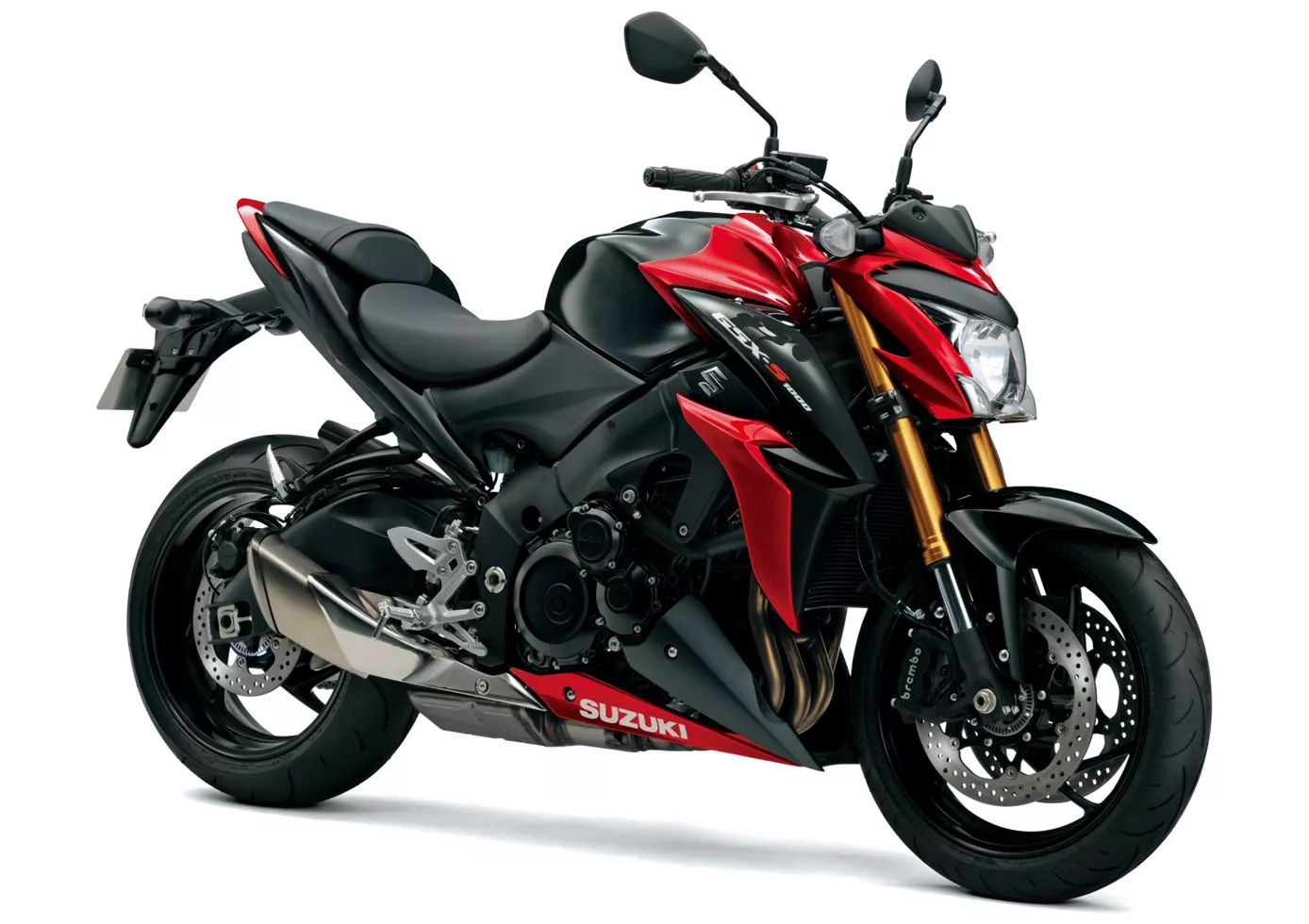
Some might be surprised that after waiting so long, Suzuki did not launch the ultimate, uncompromising power naked bike. Instead, the Suzuki GSX-S 1000 with its 149 hp seems almost too well-behaved. But once you ride it on the race track, you quickly realise that the engine is far more powerful in real life and that the rest of the performance of the chassis and braking system is also impressive. In return, it also offers a large portion of everyday and practical suitability - not bad ingredients when you have to cover everything from everyday to race track with a single bike.
Yamaha MT-10 SP 2017

With the SP version, the MT-10 becomes cooler, more desirable and, thanks to the high-quality chassis, better. The semi-active suspension from the R1M is the best in the naked bike league. Highest quality and best function in combination. The chassis also excites on the racetrack. Nevertheless, the MT-10SP is not a racing machine, because the seating position is not active enough for that.
Usporedba cijena Prosječna tržišna cijena Suzuki GSX-S1000 vs Yamaha MT-10 SP
There are a few key differences between a Suzuki GSX-S1000 2016 and a Yamaha MT-10 SP 2017. In terms of price, the actual average price of a Yamaha MT-10 SP 2017 is about 48% higher. A Suzuki GSX-S1000 2016 experiences a loss of 90 USD in one year and 1,330 USD in two years of ownership. This is offset by a loss of 2,320 USD and 1,580 USD for a Yamaha MT-10 SP 2017. Compared to Yamaha MT-10 SP 2017 there are more Suzuki GSX-S1000 2016 bikes available on the 1000PS.de Marketplace, specifically 10 compared to 4. It takes less time to sell a Suzuki GSX-S1000 with 109 days compared to 123 days for a Yamaha MT-10 SP. Since model year 2015 1000PS.de editors have written 36 reviews for the Suzuki GSX-S1000 and 18 reviews for the Yamaha MT-10 SP since model year 2017. The first review for the Suzuki GSX-S1000 was published on 9/27/2014 and now has more than 17,100 views. This compares to more than 28,600 views for the first review on Yamaha MT-10 SP published on 10/4/2016.


